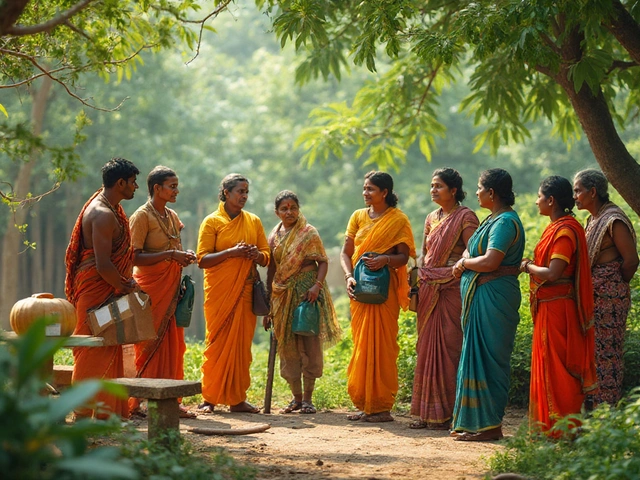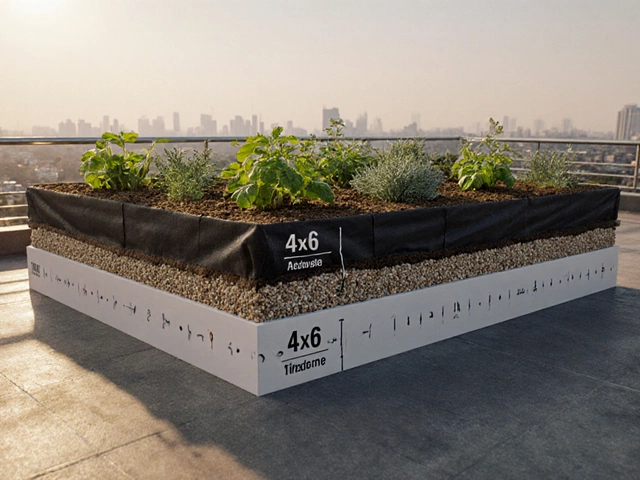Brinjal (Eggplant) – Quick Guides for Indian Gardeners
Got a spot in your garden and want to grow brinjal? You're in the right place. Brinjal, also called eggplant, loves warm weather and can thrive in most Indian soils if you give it a few basics right. Below are simple steps that take the guesswork out of planting, feeding and fixing common issues.
Growing Brinjal in Indian Climate
Start seeds indoors 3‑4 weeks before the last frost, usually in late January for North India and late February for South India. Use a light mix and keep the tray moist but not soggy. When seedlings have 2‑3 true leaves and the outdoor temperature stays above 20°C, harden them off by putting them outside a few hours each day for a week.
Pick a sunny spot with at least 6‑8 hours of light. Brinjal does best in loamy soil rich in organic matter. Dig a trench about 2‑3 cm deep, add compost or well‑rotted farmyard manure, and backfill gently. Space plants 45‑60 cm apart in rows 75‑90 cm apart to let air flow and reduce disease pressure. Water deeply once a week, more often during dry spells, and mulch to keep the soil cool.
Common Brinjal Problems & Solutions
Yellowing leaves often mean nitrogen deficiency. A side‑dress of urea or a second application of compost in the growing season fixes it fast. If you see white, powdery spots on leaves, that's powdery mildew – spray a neem‑based spray or a mild soap solution early in the morning.
Fruit‑boring insects like fruit flies and brinjal shoot borer can spoil your harvest. Cover young plants with a fine net or use yellow sticky traps to catch adults. For shoot borer, look for a small hole near the base and a wilted shoot; cut the affected stem early in the morning and apply a dip of neem oil to the wound.
When fruits start to turn purple and look soft, they’re over‑ripe. Harvest when they’re glossy and firm, about 20‑25 cm long, to get the best flavor and keep the plant producing longer.
Want to add some variety? Try the Indian “Bangalore Green” or the deep‑purple “Sri Lankan” types – both handle heat well and give a nice color contrast in your salad.
That’s it – a quick roadmap to grow healthy brinjal in your garden. Check out the other posts tagged ‘Brinjal’ for detailed irrigation tricks, pest‑control guides and tasty recipes that make the most of your fresh harvest.
The Reigning Queen of Indian Vegetables: Brinjal Unveiled
In India, the brinjal, also known as eggplant, is considered the queen of vegetables due to its versatility and significance in Indian cuisine. This article explores why brinjal holds such an esteemed title, its cultural importance, and tips for cultivating this vegetable in Indian gardens. From its diverse varieties to the climate conditions it flourishes in, discover all that makes brinjal a staple in Indian households. Learn practical gardening tips and interesting facts about growing brinjal successfully in your own backyard.
About
Vegetable Gardening
Latest Posts


Revive Your Indoor Garden: Expert Tips for Restoring Plants
By Alden Thorne Jan 15, 2025

Flushing Your Drip Irrigation System: How Often Should You Do It?
By Alden Thorne Feb 19, 2025

Why Does My Drip Line Keep Clogging?
By Alden Thorne Apr 12, 2025

